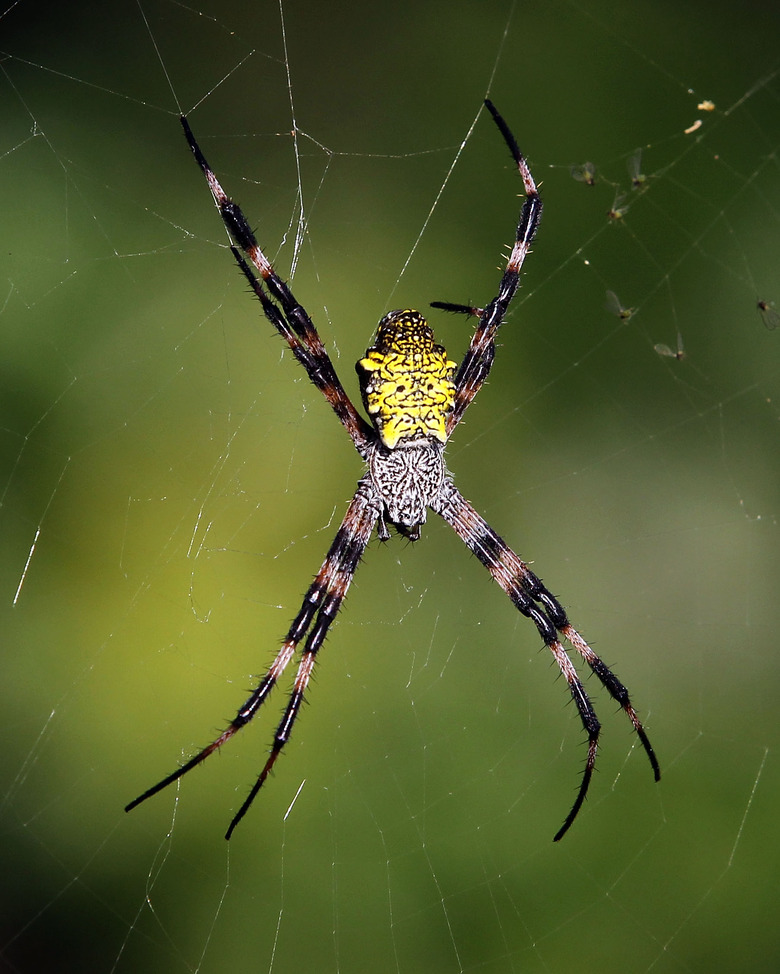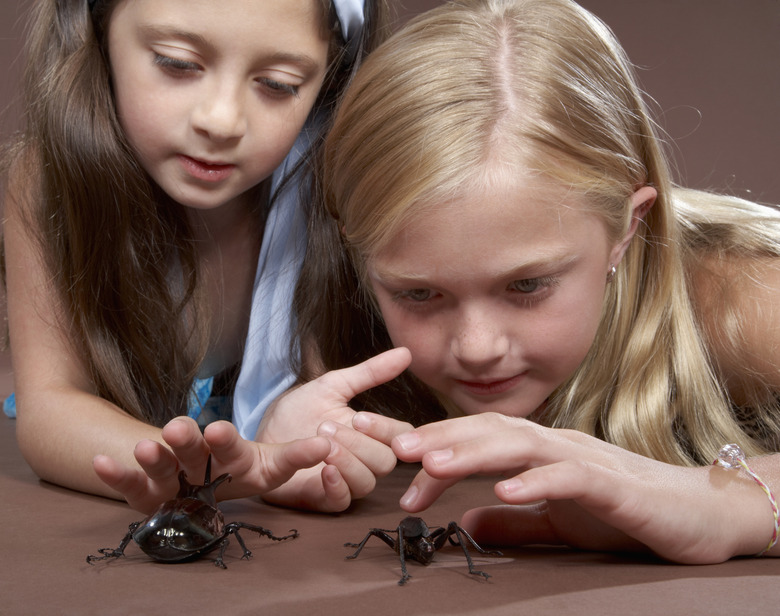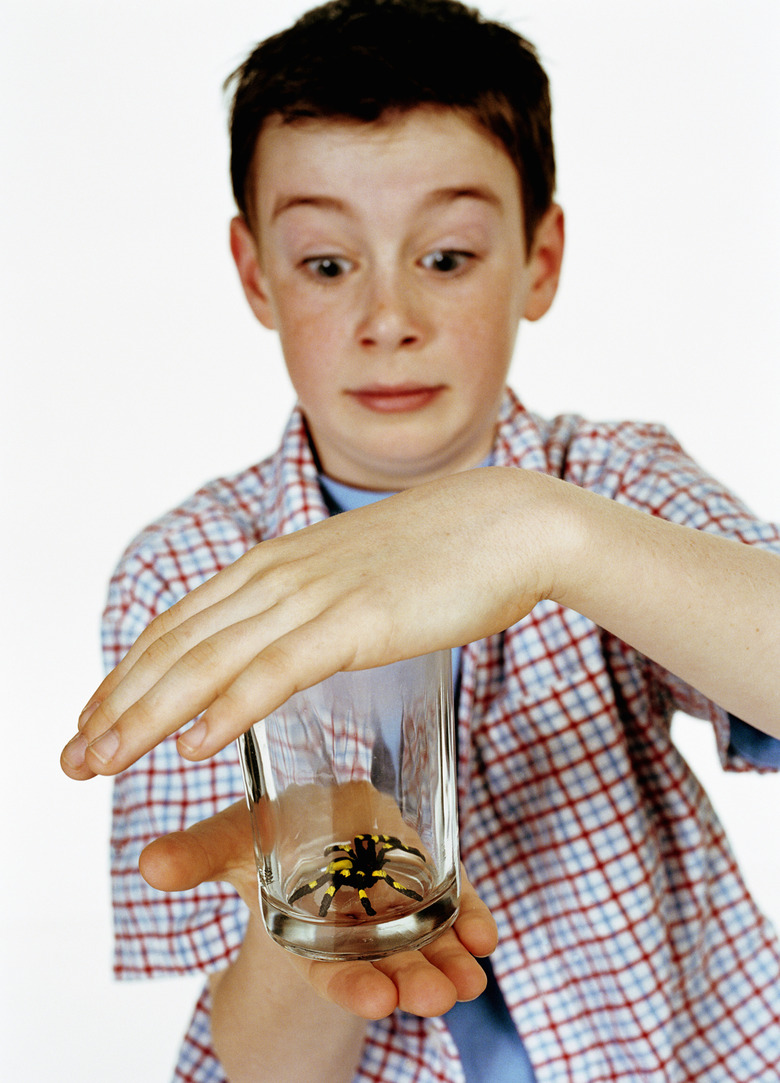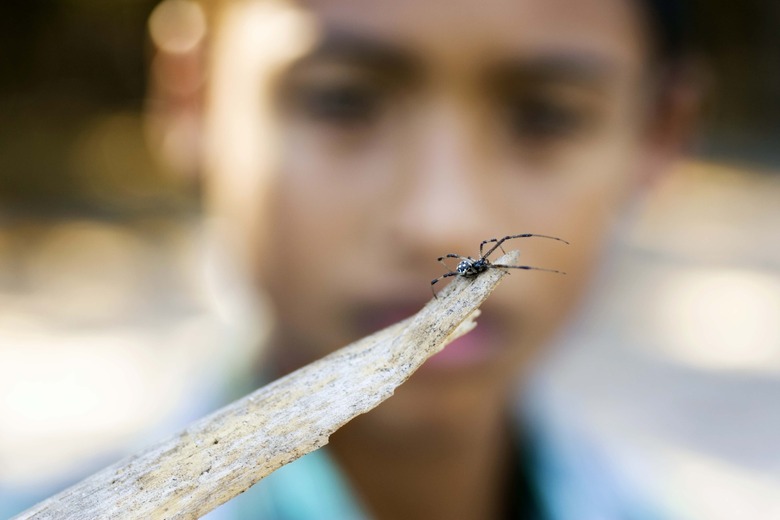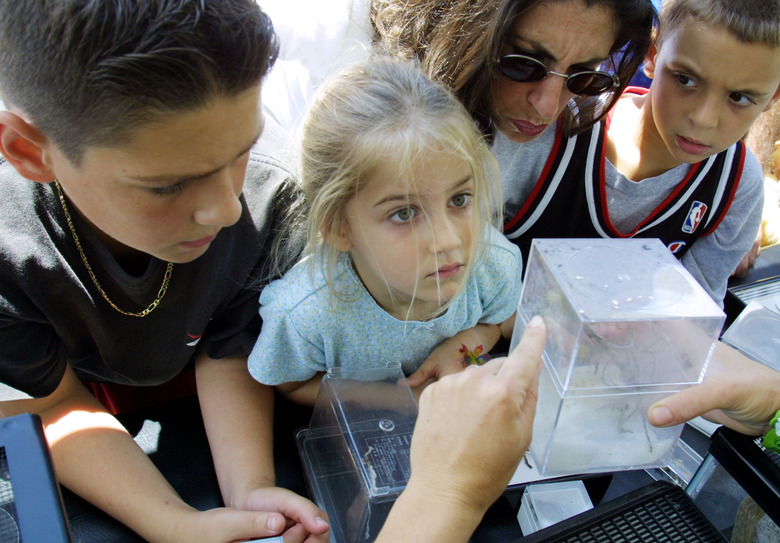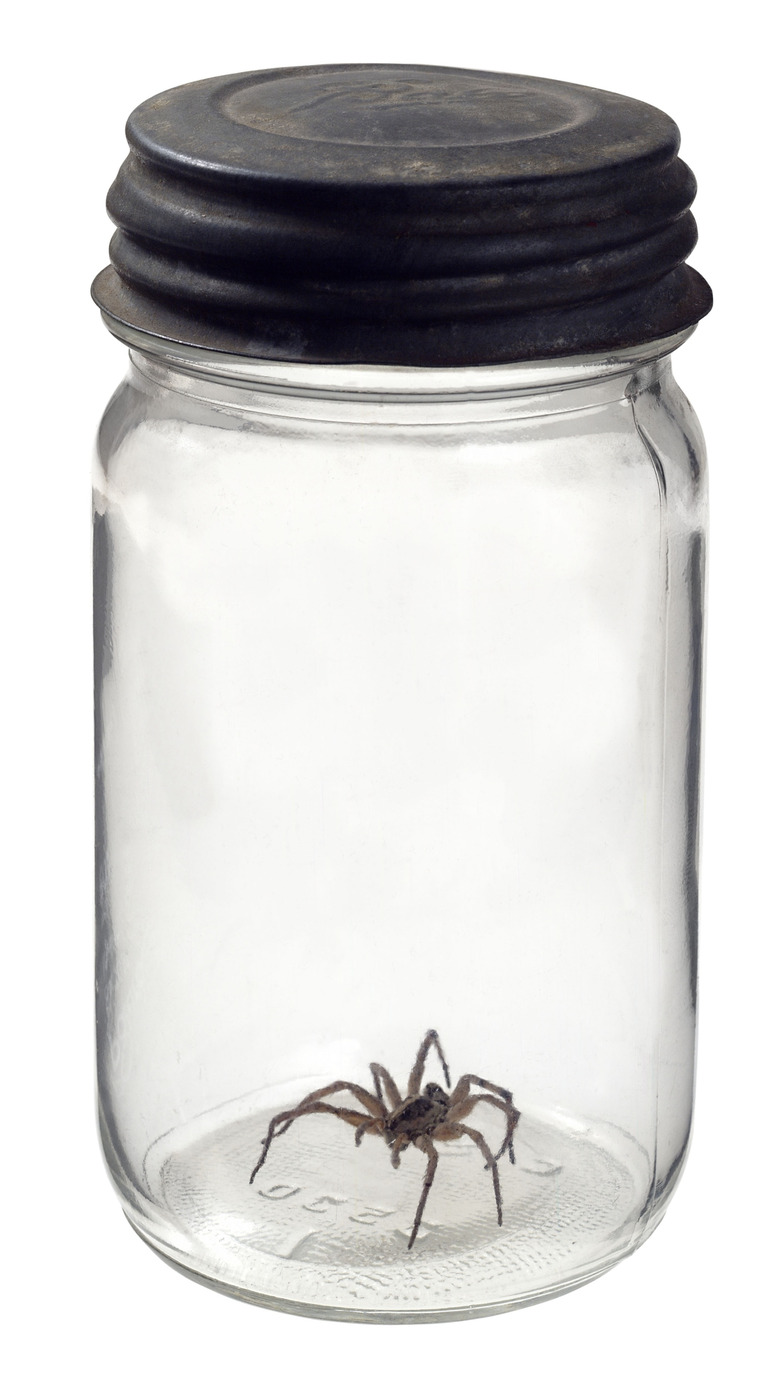How To Identify Spiders With Pictures
Identifying more common species of spiders, at least to the genus, is much more simple than trying to identify uncommon spiders. Some genera of spiders have distinct characteristics; examples include the formation of the eyes, markings, web shape and reproductive traits. When trying to identify a spider based on a picture, it is important to remember that you should also take note of where you found the spider, what type of web it was in and any other details regarding its capture. These details can help you during the identification process. Also, remember that some spiders are so similar it may take a microscope to correctly identify them.
Please remember that spiders can have venomous bites. Not all venomous spiders pose a danger to people, but you should use caution regardless. You should always use caution when handling any spider, even if you think you might know what type of spider it is. Don't forget, safety is always the most important element! If you think you have been bitten by a venomous species, you should have an adult immediately provide assistance and take you to a medical professional.
1. Collecting the Spider for Closer Inspection
Carefully put a clear container with an open lid over the top of the spider. Some examples include mason jars or simple drinking glasses. You should not catch a spider with your hands – for your safety and for the safety of the spider.
2. Secure The Spider Within the Container
Collect a piece of paper or thin cardboard. Using a ruler, make one-inch marks with a pen or pencil across the surface of the paper. This will allow you to get an accurate idea of the size of your spider. Carefully slide the piece of paper beneath the container. Use caution when you reach the spider, so that you do not damage its legs.
3. Make Your Observations
Observe the spider's characteristics. Look for distinct markings on the abdomen or cephalothorax. The cephalothorax is the first body segment that the legs are attached to, commonly known as the "head." Unlike insects that have three main body sections, spiders and arachnids have two — the cephalothorax and abdomen. Look for hairs on the body or legs. Look to see if the spider has any bands on its legs. Look at the eye arrangement. Take note of all characteristics and write them down.
4. Use Your Notes to Determine the Species
Look through a spider field guide or book; you may be able to find one specific to your state or region. Many of these books have pictures and detailed descriptions.
5. Confirm Your Findings
Search online for photos of spiders. To look through spider pictures from your state, consider a search like "site:.edu brown spiders of Kentucky images." You can also get more specific. Add words like "grass spiders" or "house spiders" into the search, depending on where you found the spider. The "site:.edu" pulls up only university and educational websites, often among the most reliable. You can also search websites like Arachnology.org.
6. Make Sure Your Spider Isn't Venemous
Search online for venomous spiders, if you believe you have one. Venomous spiders include the black widow, other widows, brown recluse and hobo spiders. You can look at the Centers for Disease Control and Prevention's website, CDC.gov; you can do a general Internet search; or you can do another "site:.edu" search for venomous spiders in your state. These websites show pictures and tell you how to identify venomous spiders. More likely than not, you haven't captured a venomous spider.
7. Optional – Seek Professional Assistance if Needed
Take the collected spider into your local or state university's entomology department or into a local university cooperative extension. Experts will be able to identify your spider correctly; you may not be able to find an appropriate photograph.
Things Needed
- Clear, lidded container
- Spider field guide
Warning
All spiders can bite, although almost all of the North American species are non-threatening to people. Use caution.
References
- "The Audubon Society Field Guide to North American Insects and Spiders"; Milne and Milne; 1980
Cite This Article
MLA
Kelly, Jasey. "How To Identify Spiders With Pictures" sciencing.com, https://www.sciencing.com/identify-spiders-pictures-8213897/. 1 December 2021.
APA
Kelly, Jasey. (2021, December 1). How To Identify Spiders With Pictures. sciencing.com. Retrieved from https://www.sciencing.com/identify-spiders-pictures-8213897/
Chicago
Kelly, Jasey. How To Identify Spiders With Pictures last modified March 24, 2022. https://www.sciencing.com/identify-spiders-pictures-8213897/
